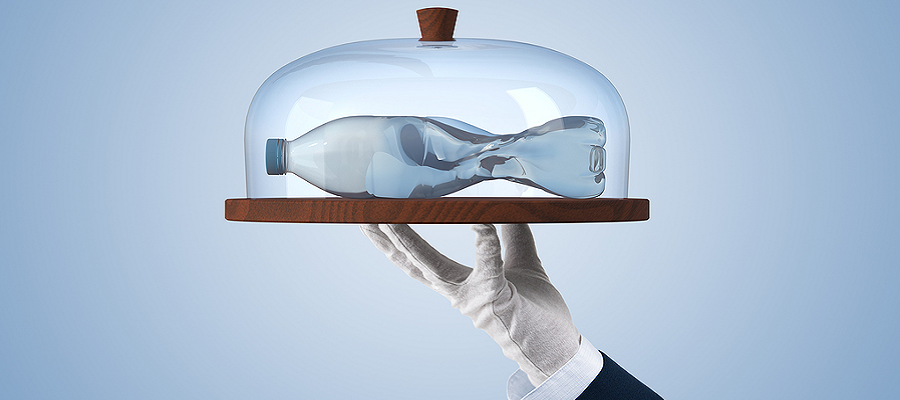
Microplastics are tiny plastic particles less than 5 millimeters in diameter that can enter the human body through inhalation, ingestion, and skin contact. Studies find that chronic microplastic exposure leads to alarming concerns. It’s wise to be mindful of the risks it poses and to avoid if possible breathing in air containing microplastics, consuming food and drink contaminated with microplastics, and absorbing microplastics through the skin.
Studies find that microplastics are found to:
● Accumulate in the organs – lungs, liver, kidneys, placenta
● Trigger an immune response and lead to inflammation in the body
● Disrupt endocrine function and interfere with hormone systems
● May cause DNA damage which may lead to genetic mutations
● Impair the gut microbiome and lead to digestive problems
● Promote cancer growth
How can we limit our exposure to microplastics? Here are some suggestions.
● Limit the use of bottled water. Instead, filter your tap water and use a steel or glass container
● Use glass or ceramic containers when storing food
● Avoid microwaving food in plastic
● Choose clothing made of natural fibers like cotton, wool, and silk instead of polyester
● Vacuum more frequently including drapes and furniture
Plastic pollution is a worldwide problem. Nearly 80 percent of all the plastic ever created is still with us! The tiny microplastics come from the degradation of plastics and our bodies are polluted by the tiny fragments of plastic that fail to break down in the environment. They enter our bodies through the air we breathe, the food we eat, the utensils and cookware we use, and what we put on our bodies. Making changes to some simple lifestyle behaviors involving plastics may have a very big impact in keeping the body healthy.
photo credit: Jakub Jirsak/ bigstockphoto.com
